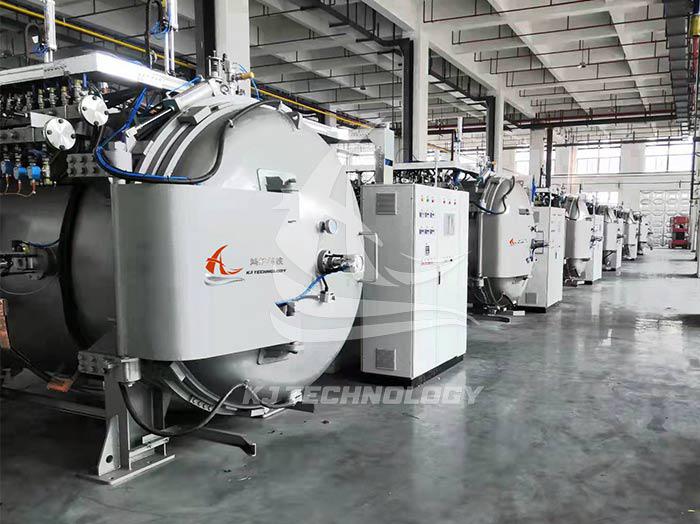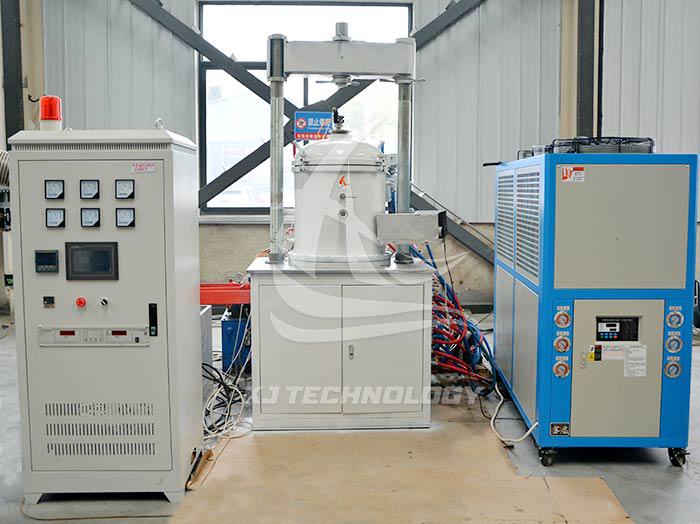What annealing can vacuum annealing furnaces be used for?
 03-27-2025 Author: KJ technology
03-27-2025 Author: KJ technology
Vacuum annealing furnaces can be used for various types of annealing treatments, mainly including the following:
1. Classified by annealing purpose
Stress relief annealing
Purpose: To eliminate residual stress generated during material processing, prevent deformation and cracking.
Application: Suitable for various metal workpieces, such as parts that have been welded, cast, or machined.
Recrystallization annealing
Purpose: To induce recrystallization inside the material through heating, eliminate work hardening, and restore the plasticity and toughness of the material.
Application: Commonly used for metal materials after cold processing, such as cold-rolled steel plates, cold drawn steel wires, etc.
spheroidizing annealing
Purpose: To transform the hypereutectoid structure in the material into spherical pearlite, and improve the cutting performance and quenching process performance of the material.
Application: Suitable for high carbon steel and alloy tool steel, such as bearing steel, mold steel, etc.
complete annealing
Purpose: Heat the material to the austenitizing temperature, hold it for a while, and then slowly cool it to obtain a uniform fine grain structure and improve the overall performance of the material.
Application: Suitable for hypoeutectoid steel and medium carbon alloy steel, such as structural steel, spring steel, etc.
2. Classified by material type
Annealing of Metal Materials
Stainless steel: Vacuum annealing can eliminate work hardening, restore plasticity, and prevent intergranular corrosion.
Titanium alloy: Improve its processing performance and corrosion resistance through annealing.
Nickel based alloys: Annealing can optimize their high-temperature and mechanical properties.
Annealing of semiconductor materials
Silicon wafer: In semiconductor manufacturing, vacuum annealing is used to eliminate internal stress, improve electrical performance, and ensure the stability and reliability of the chip.
Annealing of other materials
Ceramic materials: Annealing can improve their density and mechanical properties.
Composite materials: Optimizing interface bonding through annealing to improve overall performance.
3. Classified by process characteristics
annealed
Characteristics: Conducted under vacuum or protective atmosphere to prevent surface oxidation of materials and achieve a bright surface quality.
Application: Suitable for materials with high surface quality requirements, such as stainless steel strips, copper strips, etc.
annealing
Characteristics: Conducted in a vacuum environment, avoiding reactions between materials and oxygen, water vapor, etc., reducing defects such as oxidation and decarburization.
Application: Suitable for high-purity metals, precision alloys, and semiconductor materials.
The vacuum annealing furnace can meet the annealing needs of different materials and processes by precisely controlling temperature, time, and vacuum degree. When selecting the annealing type, it is necessary to comprehensively consider the properties of the material, the requirements of the workpiece, and the process objectives in order to obtain the best processing effect.








